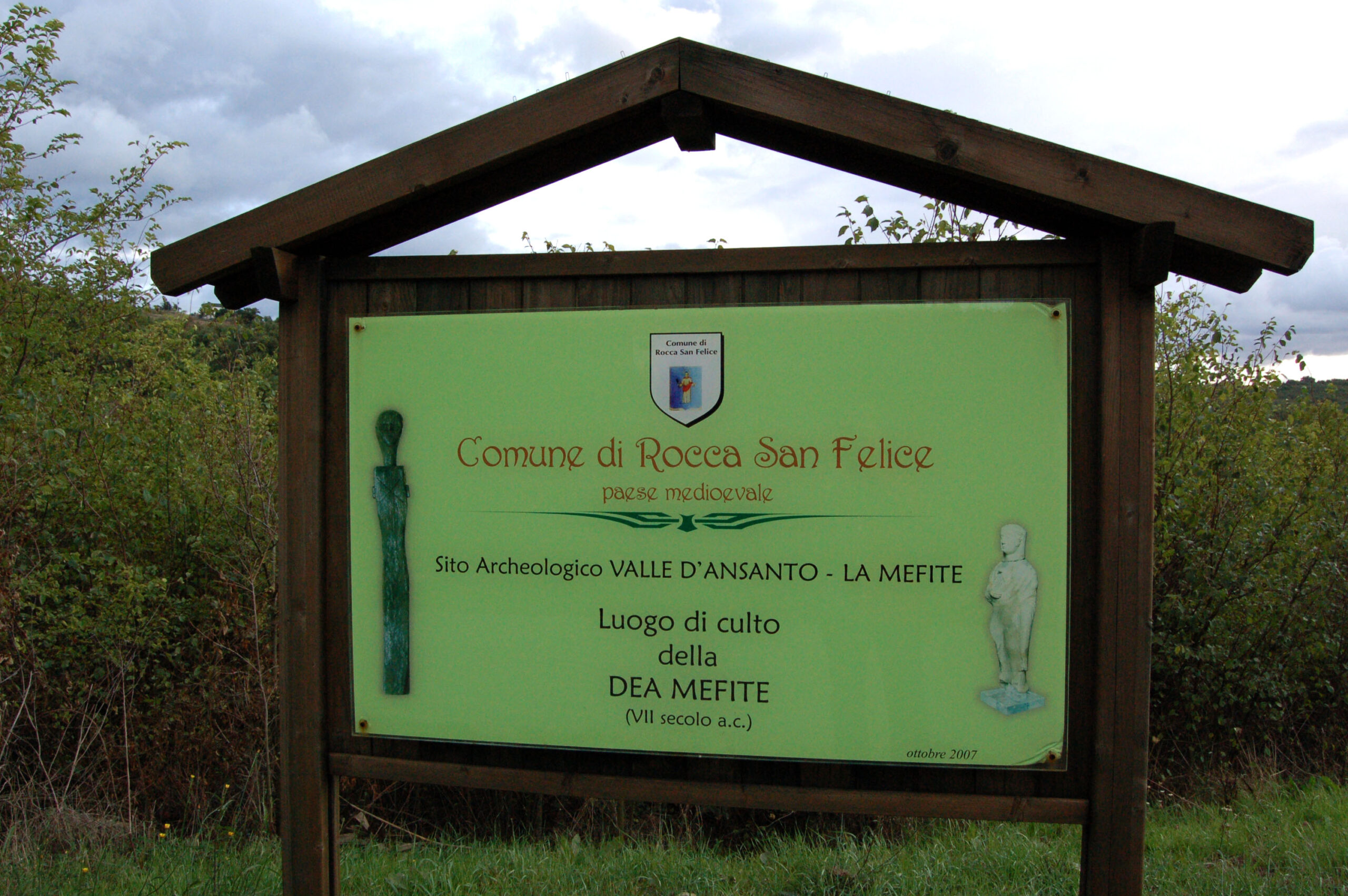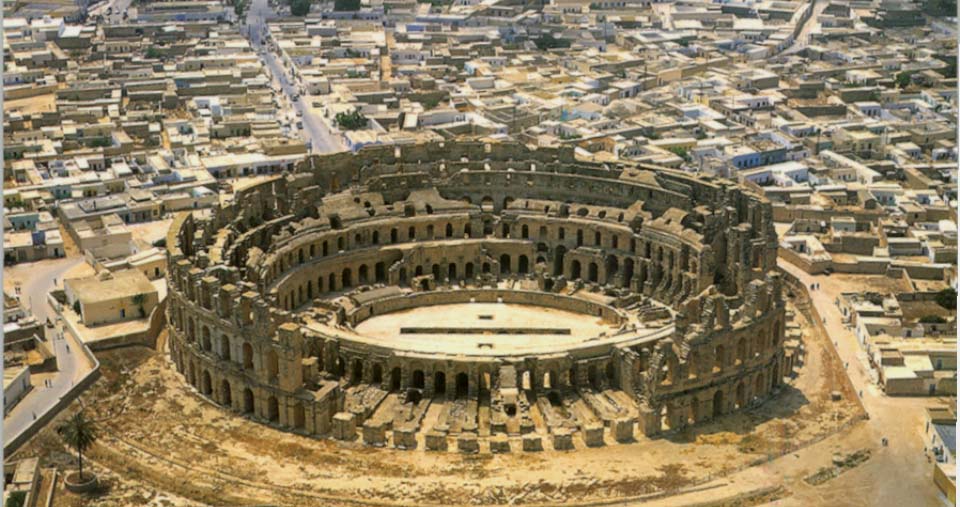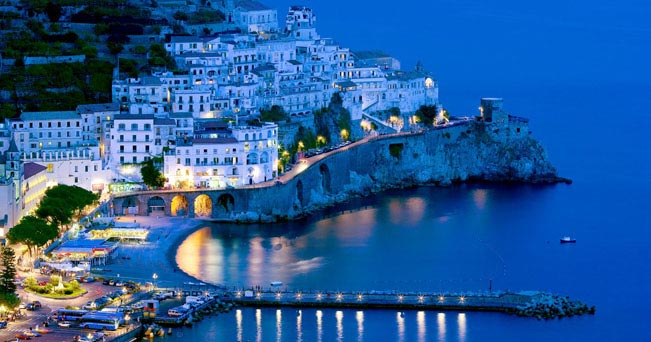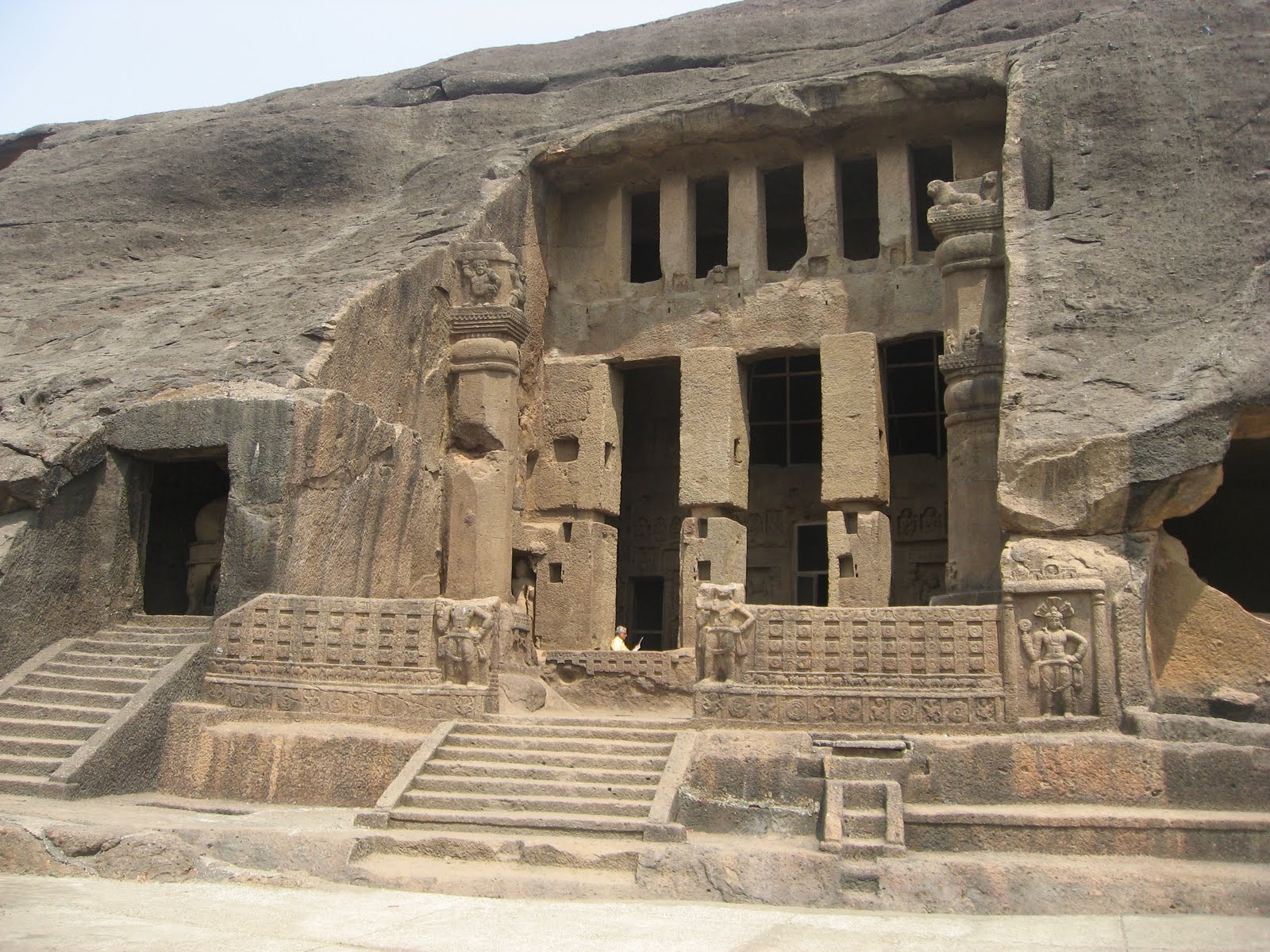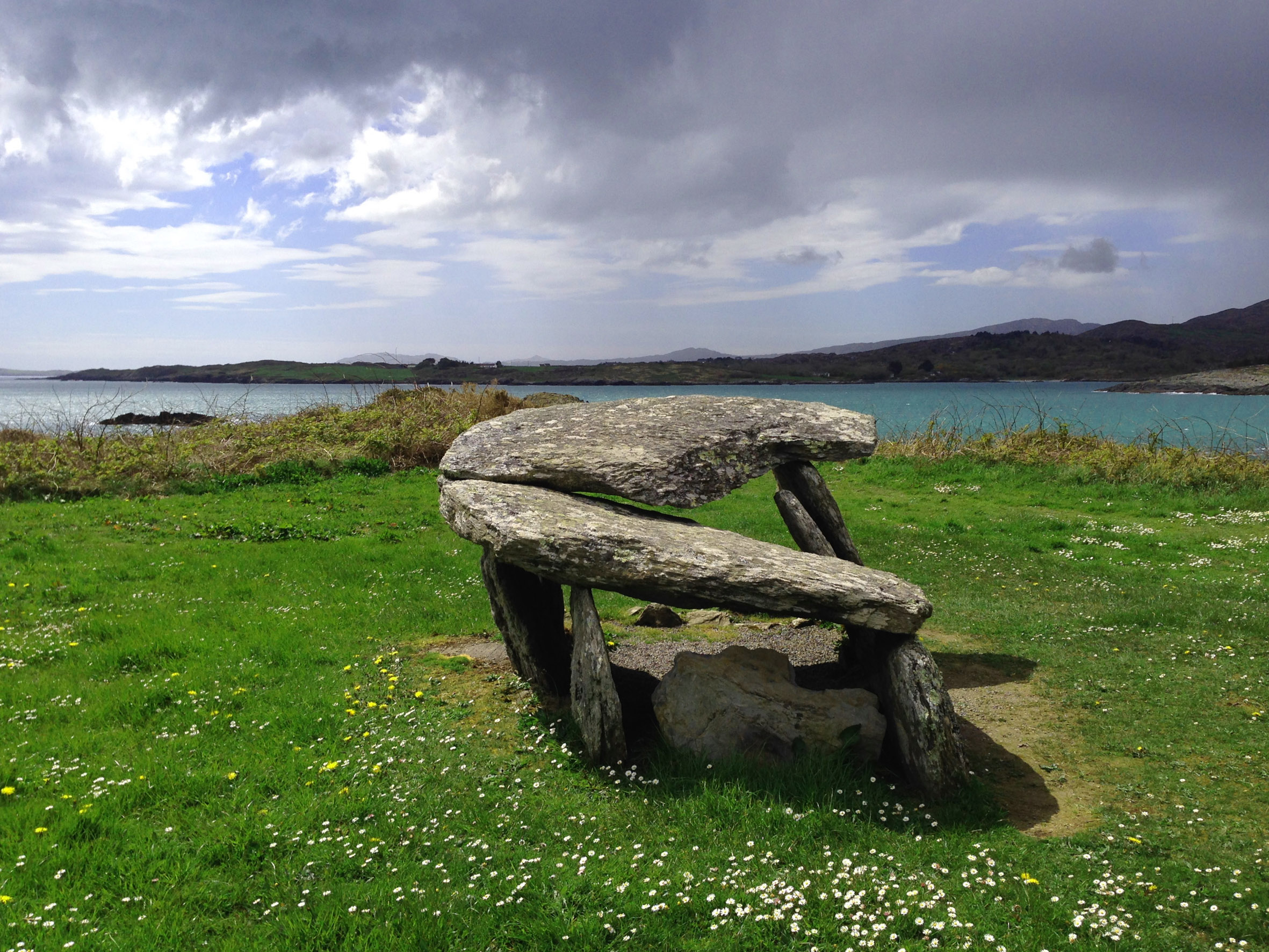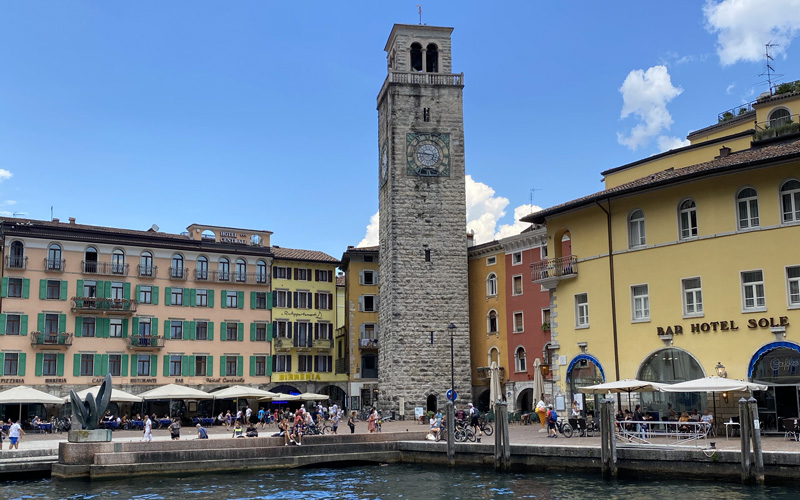" Est locus Italiae medio sub montibus altis, nobilis et fama multis memoratus in oris, Ampsancti valles…. "
" There is a place in the center of Italy surrounded by high mountains, famous and celebrated everywhere: the valley of Ansanto…."
Verses 563-565 from the 7th Canto of Virgil’s Aeneid
If you go down near the lake and stop to look, all around you will see a whiteness of barren land accented by yellow patches. There is no sign of vegetation except in the distance.
Here the noise of the water that "boils" under the pressure of an ascending column of compressed gas that blows under the lake, elsewhere it blows from large holes, elsewhere still from almost invisible holes. So it is a somewhat harmonic noise, ranging from raucous to hissing. But it is not a harmless breath.
Sulfur, in its various components, is the master. An excessive imprudence you can pay dearly: a slight shiver will stop your step and you could fall without any possibility of escape. The people of the surroundings tell about cases of death and some of them occurred only a few years ago.
In order to understand the meaning of the Mephitis, it is necessary to start from the XI-X centuries B.C. C., when, the Oschi (or Osci or Ausoni), were stanziati to south of the umbria. The Etruscan expansion, together with the demographic growth of the Oschi (or Osci), induced some of their tribes to move along the Appennino in direction south. The final destination was not predefined, in the sense that it was not decided a priori, but it depended from the direction taken from the animal-guide: for that part that took the name of Sanniti it was the wild boar, for the Hirpini it was the wolf (hirpus).
A part of the Hirpini, arrived to the Mefite, that is seen in the image, that elected as a new place of establishment, creating villages (vici) and country cottages (pagi), gathering for defensive reasons and to elect the magistrates. Since the environmental context presented characteristics rather hard for human life, as well as "mysterious", the Hirpini, who worshipped the Goddess Juno Mefitide, as the other Italic populations of almost all southern Italy, began to immolate animals in favor of the goddess and to offer her as a gift precious personal goods, in order to gain her protection.
With the passing of the centuries, the diffusion of stories that reported "extraordinary" events attracted more and more believers towards the valley sacred to the Goddess Mephitis. It was so that a Sanctuary was dedicated to her, since the natural phenomena of Mephitis were interpreted as a clear proof of the power of the Goddess, able to protect the faithful, men, women, warriors, shepherds, farmers.
The remains of the temple, already identified by Santoli around 1780, came to light as a result of archaeological excavations carried out in the ’50s and ’60s by G. O. Onorato and subsequent B. D. D’Agostino and I. Rainini, giving us back amber objects, gold, silver and bronze objects, statuettes, ceramics, coins and votive offerings (eg votive hands and feet), iron and bronze weapons, pottery, now visible at the Museo Irpino of Avellino. It is a testimony "full-bodied" of the figurative Italic culture, from the Samnite era (read hirpina), the Hellenistic influence until the threshold of Romanization.
The Sanctuary should have been built around the VII century B. C., as demonstrated from the statuettes in bronze and terracotta of "Mars standing", with characters markedly archaic and recognized as osche (therefore hirpine). Particular importance covers the Xoane, wooden statuettes of the VI-V century A.C. arrived integral up to us thanks to the mineralizing action carried out by the sulfur gases released by the Mefite. At the Irpinian Museum are guarded 16 Xoane, of which the greatest (168 cm) is considered representing the Goddess Mephitis.
The V and the IV century B.C. were the period of greater prosperity and growth of the Sanctuary, because of the contact with the neighbouring regions (of this period, in fact, is the notable production of the recovered finds represented by statuettes and other votive objects).
Starting from the third century BC began the decline, evidenced by the paucity of finds referable to that period. This has a clear historical justification: the Hirpini, allies of the defeated Carthaginians, were harshly punished by the Roman victors and conquerors. At the date of 209 B.C., year of the surrender of the Hirpini, the wars had impoverished and depopulated the Hirpinia, which explains the decadence of the Sanctuary dedicated to the Mefite, which was totally abandoned between the II and the III century A.D. with the affirmation of the Christianity.
The site "Ampsanctus" or "Ansactus" (now Ansanto Valley) was celebrated by several Latin authors, including the famous poet Virgil in the Aeneid (VII Canto, Verses 563-565):
"Est locus Italiae medio sub montibus altis,
nobilis et fama multis memoratus in oris,
Ampsancti valles…
Hic specus horrendum et saevi spiracula Ditis
Monstrantur, ruptoque ingens Acheronte vorago
Pestiferas aperit fauces."
Translating "freely":
There exists in central Italy a place at the foot of high mountains
known and famous everywhere,
the valley of Ansanto…
Here a hideous speco and the glimpses of Dite
are shown, and a vast chasm where begins the Acheronte
That opens wide its pestiferous jaws."
Virgil’s description of the Mephitis millennia ago is very timely: he speaks of "specus orrendum" and "pestiferas … fauces", providing a "faithful" description of the site.
In fact, the center of the Valle d’Ansanto is occupied by an arid and desolate flat area, greyish in color with yellow patches (sulfur), devoid of vegetation. Under a cliff, there is a small lake called Mefite, characterized by gases coming from the subsoil, which in contact with the surface water, make it boil, originating gaseous, noisy and toxic, as rich in carbon dioxide and sulfuric acid. They are also created whirlpools and eddies that swallow everything that is thrown there (to return it, sometimes, after time totally dehydrated, like many ancient objects).
